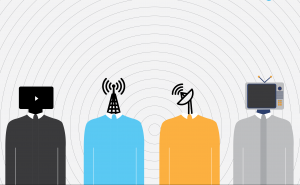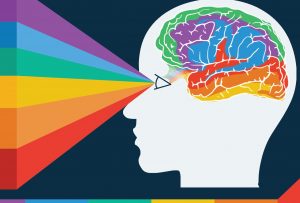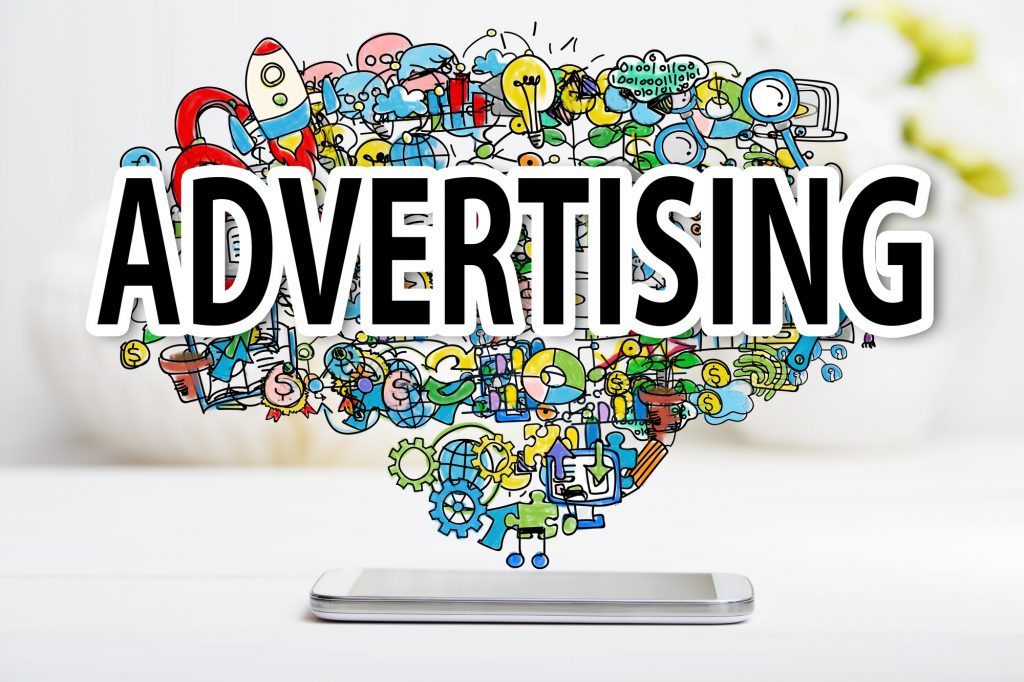It can be a little tricky when discussing the connection between graphic design and mass media, so read on as we thoroughly explain the relationship between the two. Find out what they are first before diving in.
The art of graphic design involves a variety of activities and methods for communicating the brand’s core message to viewers. It is used when new formats, posters, logos, or other graphical data representations are necessary. As a graphic designer, your primary responsibility is overseeing all of the digital artwork that will be used to advertise a business.
Next, the question of how graphic design and mass media are related arises.
Potential Of Digital Media in Mass Communication
We know what graphic design entails, but let’s look at the digital media market before we try to pinpoint exactly how graphic design impacts media.

Media is defined as a collection of tools that support mass communication. The importance of media simply cannot be understated given the necessity for businesses to focus more on effective communication. Let’s take a simpler approach: businesses rely on the earnings generated by their many branding, marketing, and sales initiatives in order to survive. The media serves as the platform for conducting branding, advertising, awareness campaigns, and general marketing. Media is where a business is born, from billboard advertising to a deep understanding of items through virtual reality and augmented reality.
How Graphic Design Correlates to Mass Media

Media’s significance is as obvious as a lightning storm. Visual representation, the component that supports it, is frequently underappreciated. The anchor that holds the entire bridge together is a visual representation of ideas, products, offers, and any message that has to be sent to a consumer, with digital media serving as the bridge between a business and its customers. Let’s look at some examples of how graphic design is used in media to gain a better grasp of this:
Advertising:
Companies cannot bridge this distance between their brand and the customers without an appealing visual representation that communicates the necessary message to the potential customers. In order to develop an idea, a product, or any information that a company wants to transmit to its clients, businesses have been heavily investing in hiring illustrators and graphic designers.


Motion Graphics:
Motion graphics are, as their name suggests, visuals that move. Typography, color, and images are all used in motion graphics, much like in graphic design. However, in addition to this, motion graphics also include animation, audio, and video effects, and several other elements that are necessary for print, screen, and web media. However, in today’s world, motion graphics are used to develop apps, website designs, animated GIFs, and more in addition to movie titles and animated videos.
Corporate:
Customers have a wide range of options to pick from, whether it be a product or service-based company, as marketplaces are expanding more quickly than ever. Therefore, a brand needs to have a strong brand identity in order to stand out from the competition. Brand identity can be defined as a company’s tone, motto, logo, style guidelines, color scheme, and general personality.
Graphic designers have the power to make or break a brand through their work. Graphic design is required for developing a brand identity that supports the brand in terms of client interaction that turns into customer loyalty, from business cards and logos to frequent newsletters and announcements.


Website:
You may gauge the extent to which graphic design affects users by contrasting a website that is primarily composed of text with one that also has important visual messaging. However, you must make sure that the visuals you create for your website are based on research and current market trends. This rule doesn’t just apply to infographics and graphics that focus on statistics; it also applies to things like logo designs that are completely owned by a business yet have an impact on its clients.
Conclusion:
Media has been bringing graphic design into our lives at a lightning-fast pace. Furthermore, given that visual communication tools are ranked first on the list of marketing techniques by 51% of marketing experts, we can anticipate that this is just the beginning of how design and media will interact. At our Post Graduate Diploma In Digital Marketing and MA In Film Television And New Media Production courses at DGMC, we focus on how professionals can explore a wide range of opportunities without being constrained by conventional full-time positions, whether they are in the graphic design or digital media fields. However, ranging from person to person, both full-time jobs and freelancing have been demonstrated to boost the efficiency of professionals.

